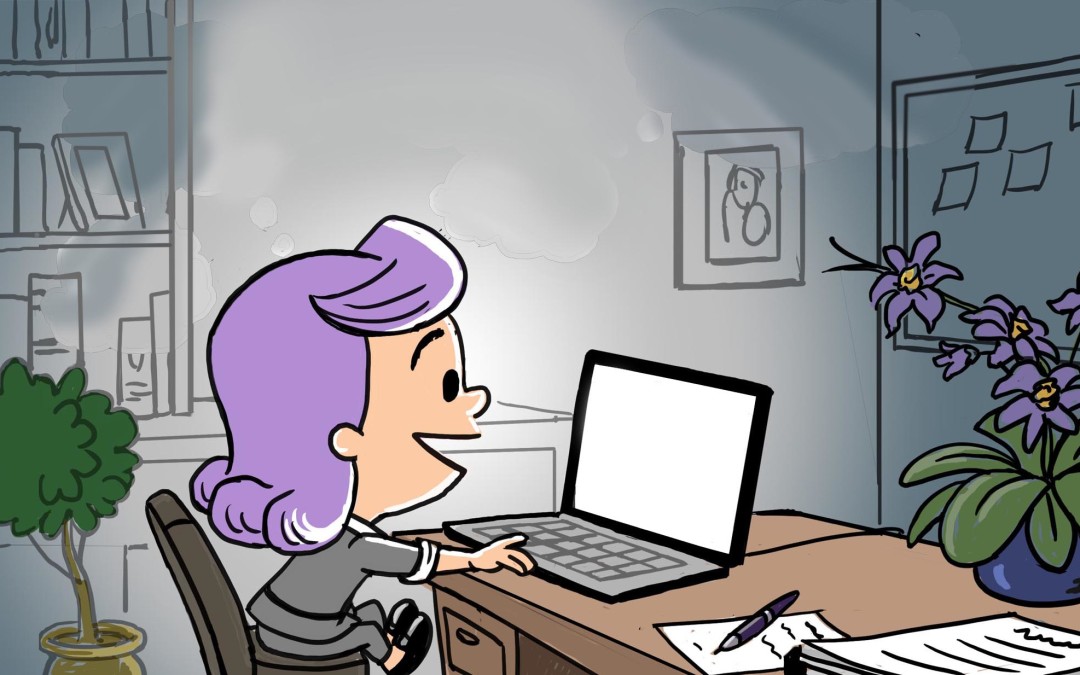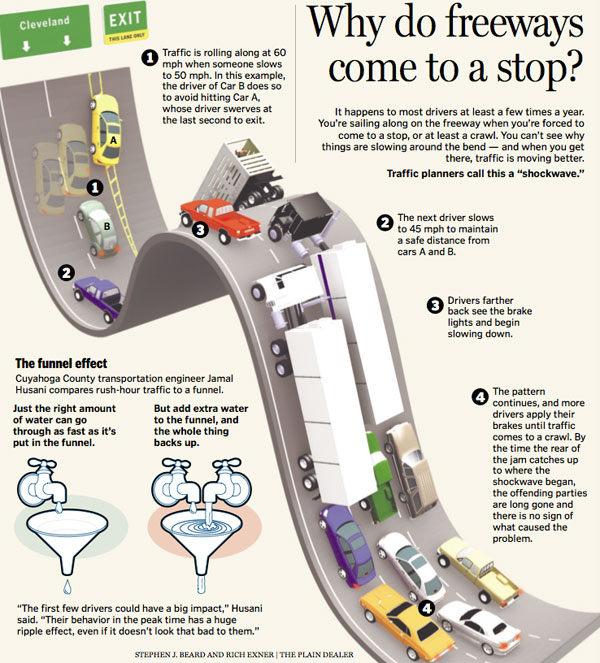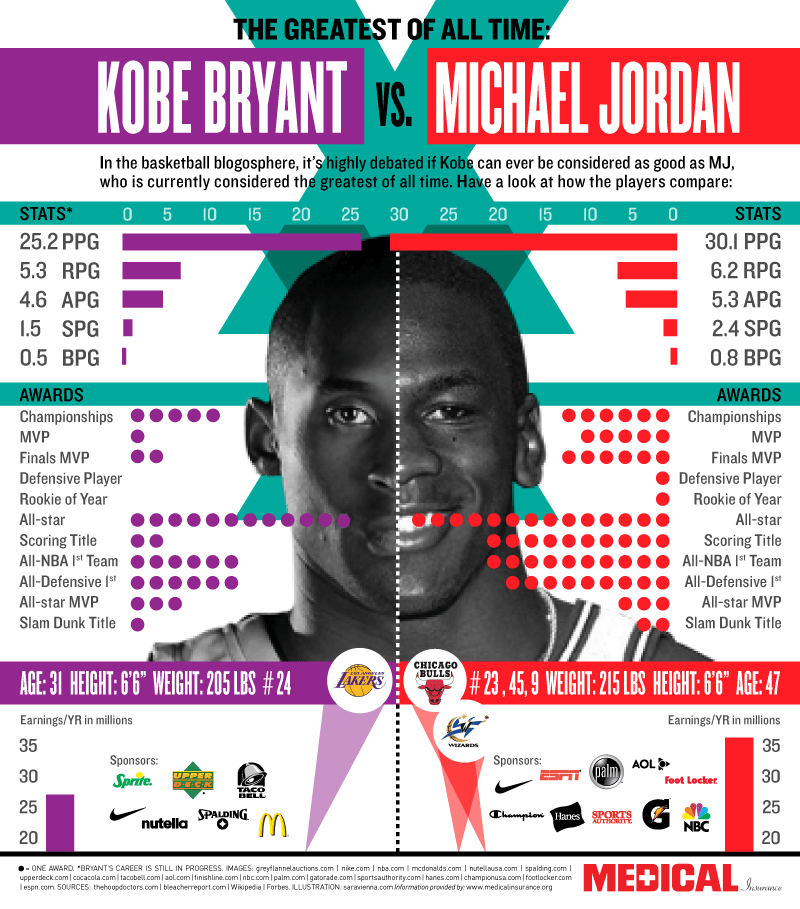
How to Write a Selling Story–Part 2
Develop Descriptive Details to Delight Your Audience
In my last post, I taught you how to create an outline in preparation to write a selling story. As promised, I’m going to teach you how to write a selling story by adding details.
1-Put Your Right Brain to Work to Fill in Details
Once you have your outline together, fill in the details.
New York Times Best Selling Author and Trainer, M. Bridget Cook-Burch teaches that you need to know your characters just as well or more than you know your audience.
Know what your character eats for breakfast, what he/she likes to do for fun, things like that. You don’t have to tell or even hint at it in your story, but knowing those things about your characters will help you write them in a more realistic and well-rounded way, just as if you were writing a story about your best friend.
Imagine writing a story about a random person versus writing a story about your best friend. How would they differ in description?
You also need to put a lot into the scene. Make sure you have enough details so your audience can picture themselves where the characters are. If you’re writing for video, write out details you want in the scene like an old knotted oak tree or mountains in the background.
If your viewers feel themselves in the scene they will much more likely to relate to your character. And your character naturally uses your product or service successfully–you definitely want your audience to relate to that!
2-Use Your Life Experiences as Raw Material
Creative director Erica Schmidt Jabali gave me some of the best advice I’ve ever received when it comes to creativity and making things real and funny!
Ditch the old social norm of hiding who you really are and keeping your skeletons in the closet. Time to take them out, dress them up and show them off!
Use your life experiences, embarrassing, humorous, heartbreaking, whatever, as fodder for creating a storyline.
Remember that time you went to your first junior high dance and the cute boy next door crossed the floor to ask you to dance? How about the summer you got three speeding tickets in three weeks, or the road trip where everything that could go wrong did–how you crossed the Mohave with no air conditioning mid summer and made it alive is still a mystery.
Dig deep into your life history. You’ve lived through it so why not benefit from what life has handed you by turning it into a profitable story? Chances are, many in your audience will relate because something like that has happened to them before.
As I’ve said so many times, connecting with your audience emotionally is one of the best ways to get them to listen to you and hopefully answer your call to action.
3-When Possible..Add Humor
This can’t be overstated! Most stories need at least a little humor. Save harsh reality for real life, and even then look for something to make you smile.
The last thing you want is a depressed and unmotivated audience.
6-Save Unused Great Ideas for Later
When I went to M.Bridget Cook-Burch’s writer’s retreat, one of the most notable things she said was that no writing is ever wasted.
I looked from the dry 500 page manuscript I brought with me that I’d worked on for so long to the new outline waiting to be brought to life. I felt deflated–I had a lot of wasted work!
Or did I?
As it turned out, those 500 pages made the book writing process go so much faster and the book is so much better!
My point–don’t be afraid to sit down and write, even if you aren’t sure if the story you put together is going to be used for your video or not.
File away all stories and writings; you never know when you will need them for speeches, blog posts, possibly a book or even, once you’ve seen the success from your first video, another video.
No writing is useless or wasted-keep a file for your next projects!
I hope these tips help you not only get past the anxiety that can come with a writing project, but help you love the story writing process! Writing really can be a fun activity, especially when you have the right tools to give you just a little more confidence to produce a story that touches emotions and of course–sells!

